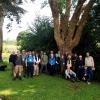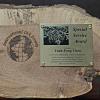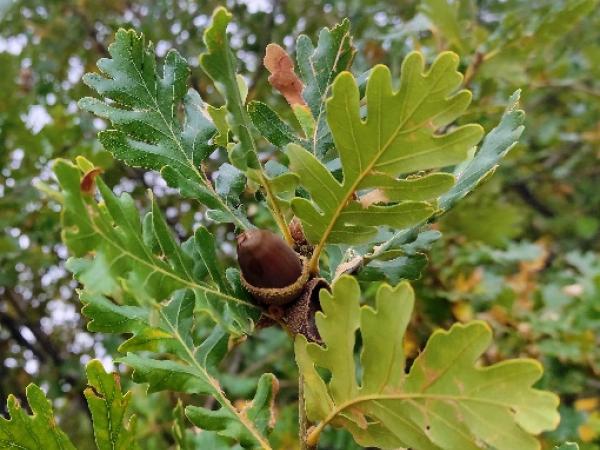Editor's Picks
Plant Focus
Being a lover of nature and photography, I often saunter around in a narrow mountain ridge in Pretoria, South Africa, with the purpose of getting some exercise, enjoying nature and photography, and documenting biodiversity. The ridge is part of the Magaliesberg mountain range and makes up the easternmost 10-km strip of the Magaliesberg Biosphere Reserve, a UNESCO protected area stretching over 120 km to the west.

Quercus rugosa
One oak I found on the ridge had attracted my attention for quite some time. I could not get a final conclusion on the ID and so contacted the International Oak Society in the hope of getting clarity. Roderick Cameron and Gert Fortgens agreed it might be Quercus rugosa (netleaf oak) and suggested to check the color of young leaves and the acorns’ cotyledons, which should be reddish. I did and both characteristics seem to confirm the species. Roderick also contacted Allen Coombes, who is an expert on Mexican oaks and who agreed. Of course being a Mexican tree, it does not belong here, but it is still an interesting find.
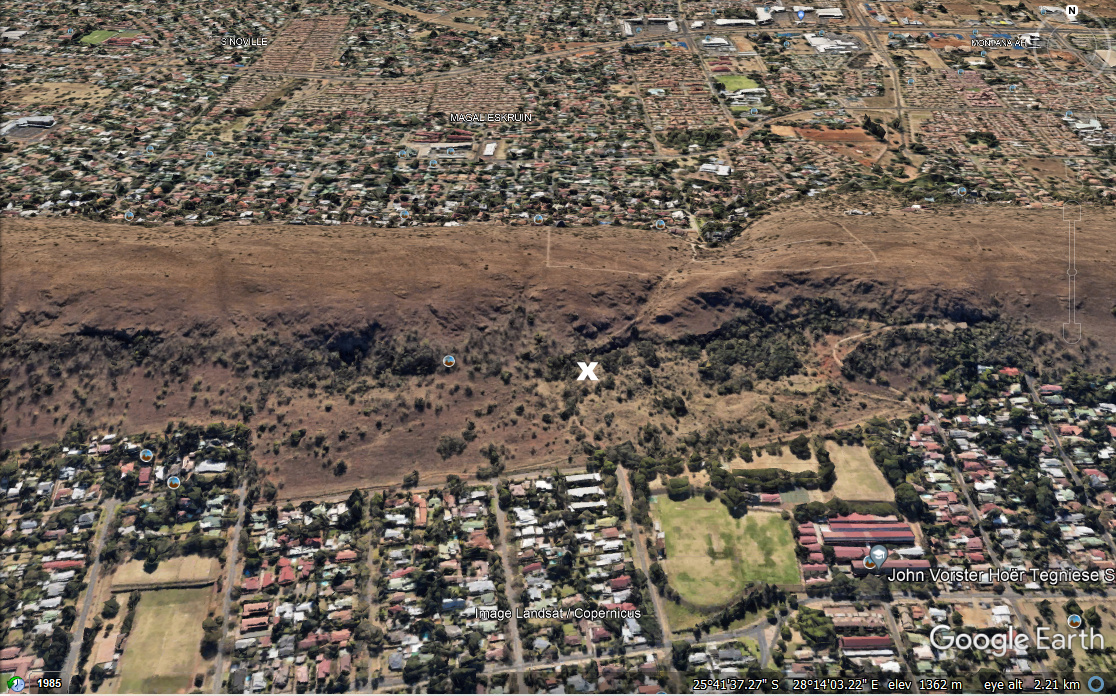
The terrain
The ridge at the tree location is about 600 m wide (north-south) and has an elevation of just over 100 m; it is about 1500 m above sea level. The tree grows halfway up the southern slope, and the soil is rocky shale and quartzite. It grows in a gully, so should receive above average water. It is in a grassland biome and a summer rainfall area, with average rainfall of about 600 mm. Other trees have taken over part of the area, mainly Acacia sp., which often happens if nature can’t follow its course due to the impact of human activity.

How did it get there?
Would be interesting to find out, but I guess that would be hard to trace. One thing is sure, it’s far away from its home area. I estimate the tree is 6–8 m high. The species is found in Paarl Arboretum, located outside Cape Town and some 1,400 km from Pretoria (as reported by Jef Van Meulder here). So perhaps seed from that source somehow made its way to the ridge, or maybe it found its way here straight from Mexico. Apparently this case may not be unique: on iNaturalist there are four other plants in South Africa tentatively identified as Q. rugosa (follow this link and select "Netleaf Oak").



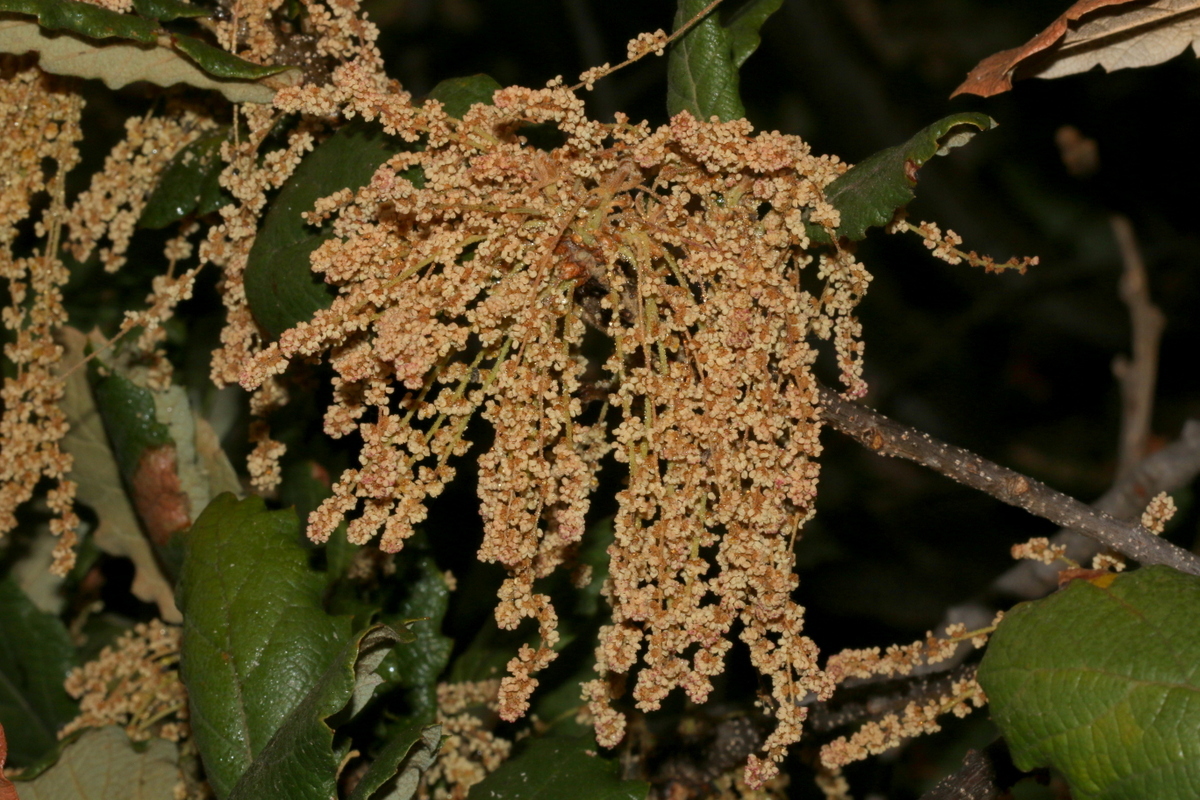
Photos © Tjeerd de Wit

